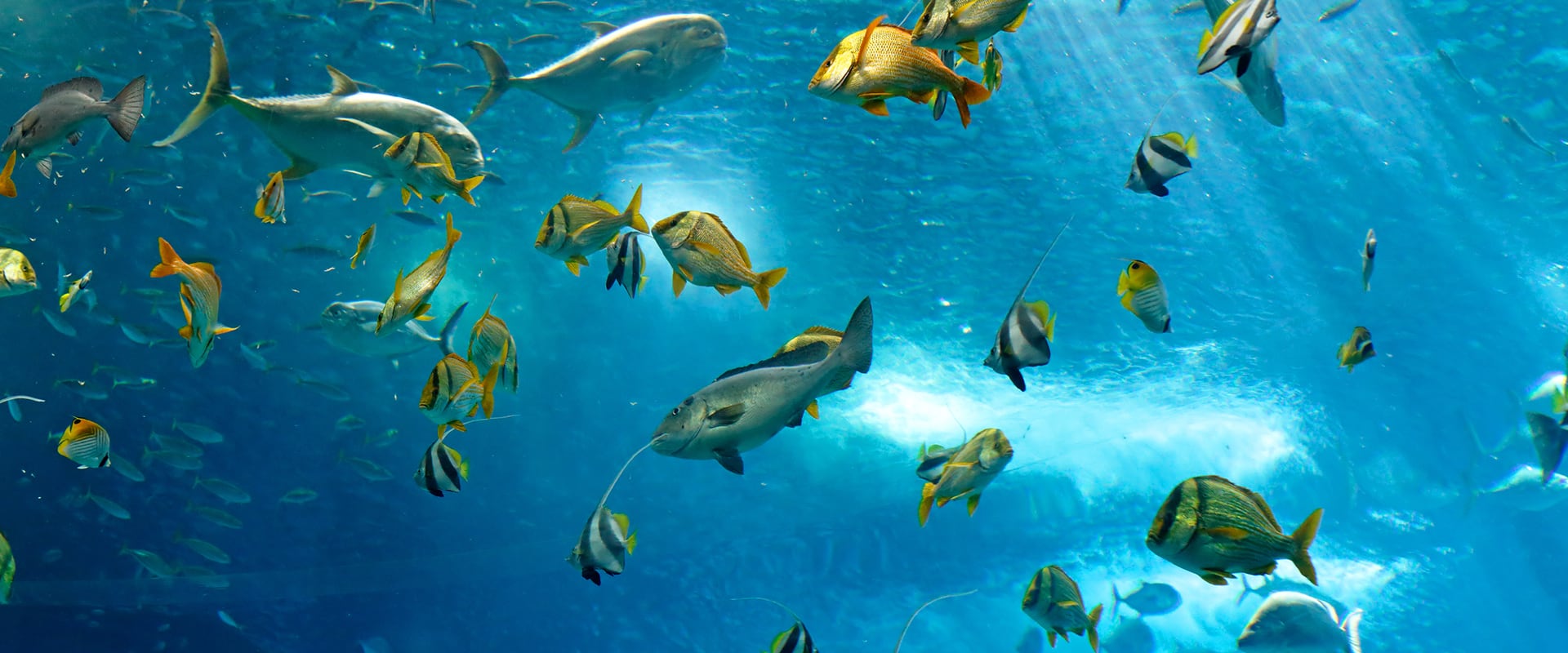Diving in Cuba
With over 5500 km of coastline to explore, scuba diving in Cuba is all about warm waters and healthy ecosystems. Wrecks, drop-offs, a labyrinth of over 20 cave systems and UNESCO sites like Jardines de la Reina, provide the backdrop for nearly 100 different species of shark, dolphins, manatees, rays and nudibranchs.
Scuba diving in Cuba is definitely one for the bucket list. The largest of the Antilles with around 5646km of coastline to explore it is a haven for divers. Cuba hosts an array of unique dive spots including wrecks, drop-offs, a labyrinth of over 20 cave systems, and variety of archipelagos, not to forget the UNESCO sites and marine protected areas which divers can choose from, such as the Jardines de la Reina.
Cuba's diving allows scuba divers to explore sites which are not shore-based thus less affected by tourism and overfishing due to heavily regulated waters and laws enforced by the government. As many divers and marine scientists have stated, diving in Cuba feels as if you have gone back in time to a reef as healthy as one which Christopher Columbus would have found. A time before pollution and overfishing had damaged the majority of today's coral reefs. The Cuban government is working extremely hard to keep it that way.
Cuba scuba diving suits all tastes and abilities of diver whether you are looking to learn, improve or hone your underwater photography skills. Warm waters and a healthy ecosystem, allows you to dive multiple times a day and the night diving is renowned for its excellence.
1 Liveaboard in Cuba
Explore all liveaboards
-
- from $ 462 / day
- 9.0 Superb
- 6reviews
Diving in Cuba FAQ
What marine life can I expect to see in Cuba?
One of the main attractions of scuba diving in Cuba is that it is home to nearly 100 shark species, to name a few Lemon, Nurse, Bull, Silky, Blacktip, Caribbean Reef sharks. Dolphins appear frequently at dive sites, species you are likely to see the Risso, Spinner, Fraser's, Climene and Striped dolphin. Scuba diving with Whale sharks in Cuban waters is also possible for a few months of the year. November is suggested as the most likely month to be able to scuba dive with them.
Cuba has an astonishing diversity of wildlife both on land and underwater. Forming part of the second largest coral reef in the world it boasts around 700 species of fish and crustaceans including large Goliath Groupers, Napoleon Wrasse, Angel Fish, a variety of Rays, Moray Eels, Nudibranchs, Tuna, Lionfish and much much more. The mangroves are home to the beautiful manatees which are challenging to find but yet amazing to scuba dive with. Alongside which Cuba's beaches provide valuable nesting sites for the critically endangered Hawksbill turtle and four other species.
What are the best dive sites in Cuba?
Scuba Diving in Cuba has to be planned as some of the best dive sites are remote and challenging to access unless you are diving from a liveaboard, which allows you access to a huge array of dive spots.
The Jardines De La Reina, often referred to as "The Gardens of the Queen" is a unique marine protected reserve. This chain of 250 coral and mangrove islands have been protected for years meaning that this dive site is teeming with marine life. Sharks are one of the main attractions and are a sign of an incredibly healthy marine ecosystem. Make sure to book in advance, as this marine reserve only allows a limited number of visitors each year.
Another dive area not to be missed is the Canarreos Archipelago which is located south of the main island of Cuba comprised of around 350 islets, the largest of which is Isla de la Juventud, also known as 'Treasure Island' and 'Isle of Youth' after the famous novel that Robert Louis Stevenson wrote there, is sheltered from the prevailing South Easterly winds. The second largest is Cayo Largo, which is a fantastic place to escape from the hustle of civilisation and the lack of currents makes it perfect for beginners. All these pristine islands and tranquil waters are unspoilt by human activity.
What's the best time to dive in Cuba?
Due to the year round warm temperatures and favourable conditions, scuba diving in Cuba is possible all the time. In most sites, Mantas and Whale Sharks can be seen throughout the year, although due to the plankton bloom, the best conditions for them are between September/October and February. Visibility is often in excess of 20 metres, with an average water temperature of between 26 and 30 degrees Celsius - very pleasant! Some people feel that the best time to visit Cuba is in the cooler months of November through till April.
What's the recommended experience level for scuba diving in Cuba?
As a result of the warm waters, fantastic visibility and lack of strong currents diving in Cuba really is outstanding no matter what dive level you are at. Dive centres offer the opportunity for novice divers to explore the marine world. Learn to dive in some of the most biodiverse waters in the world, or pursue your passion and further your scuba diving skills, through exploration of the wonderful caves and wrecks which Cuba proudly boasts.
The price of diving in Cuba is generally between 100-300 Euros which can vary depending on the season and the difficulty getting to the site. As some of the best sites are only accessible by boat and require permits to access. A weeks diving on a Cuban liveaboard will enable you access to areas that other divers would be unable to get to in a day.
How do I get to Cuba?
Airlines fly to Cuba from most international airports to the Cuban international airport which is located in the city of Havana. However, if travelling from the US, flights can be limited due to the Cuban Trade Embargo. Liveaboards to take you diving in Cuba are available from Jucaro Port, which is the most common point of departure for liveaboards going to the Jardines de la Reina. The majority of Liveaboards going to the Canarreos Archipelago depart from the ports in Trinidad or Cienfuegos. However, most dive operators will provide airport transfers. From these liveaboard departure points Cuba's underwater world beckons.
1 Liveaboard in Cuba
Explore all liveaboards
-
- from $ 462 / day
- 9.0 Superb
- 6reviews











